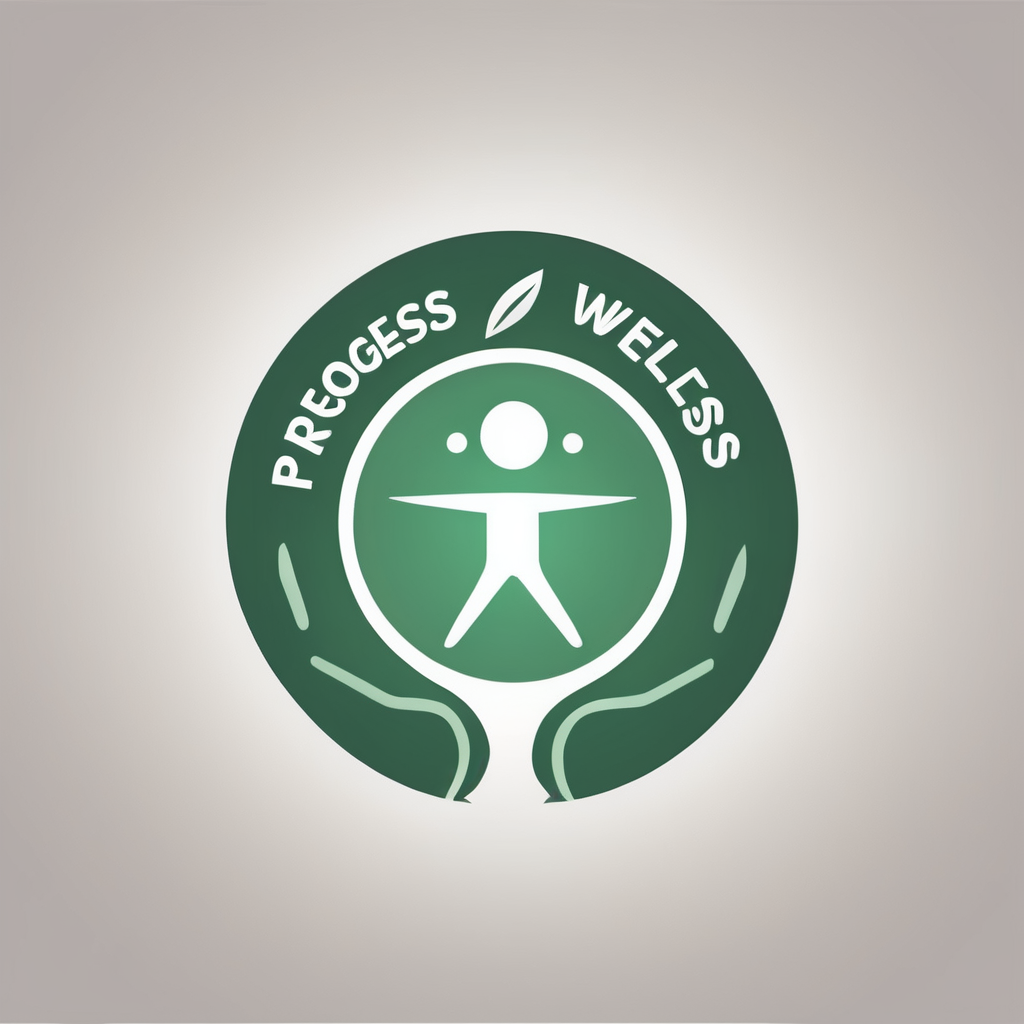Overview of Childhood Allergies
Childhood allergies are an immune system reaction to substances that are usually harmless to most people. Various types of allergies commonly affect children, including food allergies, seasonal allergies, and skin allergies. Food allergies might be triggered by nuts, dairy, or shellfish, whereas pollen or mould spores are typical culprits for seasonal allergies. Skin allergies can manifest through contact with substances like detergents or certain fabrics.
Symptoms of allergies in children can vary significantly but often include sneezing, a runny or blocked nose, itchy eyes, or skin rashes. More severe symptoms might involve breathing difficulties or anaphylaxis, which requires immediate medical attention. Recognising these symptoms early is crucial in preventing more serious allergic reactions.
Also read : What strategies can help manage the symptoms of seasonal affective disorder?
Common allergens that often trigger reactions in children include nuts, dairy products, pollen, dust mites, and pet dander. Identifying the specific allergens responsible for allergy symptoms can help in developing an effective management plan. For parents, understanding the potential triggers and symptoms of childhood allergies can empower them to make informed decisions, ensuring a safer environment for their children. Regular consultations with healthcare professionals can also be beneficial for appropriate testing and treatment strategies.
Natural Remedies for Allergy Relief
Exploring natural allergy relief options can help manage symptoms effectively. Popular remedies, like local honey, are celebrated for potentially easing allergies by acting as a gentle form of exposure therapy. Similarly, probiotics are gaining attention for improving gut health, which plays a role in immune response and may reduce allergies.
Additional reading : How effective are probiotics in treating gastrointestinal disorders?
Parents often seek home remedies due to their safe and gentle nature. Simple practices, such as using saline nasal sprays, can provide relief for children by flushing out allergens. Inhalation of steam with essential oils, like eucalyptus, is another soothing option. However, it is crucial to consider age and specific needs before trying any remedy on children.
When considering holistic approaches for children, evaluate factors like potential allergies to natural ingredients. Always introduce new remedies gradually, and consult a healthcare professional when in doubt. Holistic methods not only offer symptom relief but also encourage a healthier lifestyle, focusing on diet and environment.
Utilising these approaches encourages an informed decision-making process. By exploring these options, families can discover effective strategies tailored to their specific needs, promoting overall well-being and encouraging resilience against allergies.
Medical Treatments for Allergies
Allergies can be quite challenging, especially for children, but allergy medications offer relief. Both prescription and over-the-counter options are available. Antihistamines are commonly used to alleviate symptoms like sneezing and itching. They can be a first line of defence against mild allergic reactions. For more severe cases, doctors may prescribe stronger medications or combinations to improve effectiveness.
When considering pediatric allergy treatments, it is crucial to consult with pediatricians and allergists. These professionals can tailor treatments to fit the child’s specific needs. They often start with a thorough evaluation to identify allergens and suggest suitable medications or therapies. This ensures the treatment is effective and safe for the child’s age and health condition.
However, there are potential side effects that must be taken into account. Commonly, antihistamines might cause drowsiness or dizziness, altering a child’s daily routine. It’s essential to monitor how a child reacts to medication and report any concerns to healthcare providers. This helps ensure a balanced approach to managing allergies while minimizing adverse effects, providing a safer path to relief.
Lifestyle Changes to Reduce Allergies
Creating a comfortable and allergy-friendly home environment is pivotal for allergy prevention. Implement environmental control methods by ensuring good ventilation and using air purifiers to remove allergens like dust and pollen. It’s also beneficial to use hypoallergenic bedding and vacuum with a HEPA filter to prevent dust mites from accumulating.
Dietary changes can further aid in reducing allergies. Incorporating foods high in Omega-3 fatty acids, vitamin C, and antioxidants can strengthen the immune system. Avoiding common allergenic foods such as dairy, nuts, and gluten, especially if you have known sensitivities, can also be helpful.
Regular cleaning is essential for minimizing allergens at home. This includes washing bed linens frequently, dusting surfaces, and ensuring carpets and floors are clean. Minimizing clutter, where dust can accumulate, is another effective strategy.
These lifestyle modifications not only aid in preventing allergies but also contribute to an overall healthier living space. By combining these practices, you can significantly manage and lessen allergy symptoms, creating a safer and more comfortable home environment.
Preventive Measures for Allergy Management
Implementing robust allergy prevention strategies is critical in reducing the discomfort and risks associated with allergies. Avoiding known allergens is the most primary approach to allergy management. This involves identifying allergens that trigger reactions and minimizing exposure. For instance, if dust mites are a known trigger, using hypoallergenic bedding materials or maintaining a dust-free environment can significantly aid in risk reduction.
Equally important is the regular monitoring and identification of triggers. Keeping an allergy diary can be a practical tool in allergy management. This helps to track exposure and symptom patterns. Recognizing what and when reactions occur can inform avoidance tactics and reinforce risk reduction efforts.
Education plays a pivotal role, especially in raising awareness among children. Instilling knowledge about allergens and their effects can empower individuals to take proactive measures. Schools and parents can collaborate to teach children effective strategies, such as the importance of maintaining a clean environment and recognising symptoms early.
Continued education, awareness, and targeted strategies not only prevent acute allergy flare-ups but also contribute to overall well-being, making life more manageable for those affected by allergies. In this way, managing allergies becomes a comprehensive, ongoing effort requiring cooperation and vigilance.
Expert Opinions and Case Studies
Understanding allergies in children requires insights from pediatric allergists who provide valuable expert advice. They highlight that managing allergies effectively needs more than just a one-size-fits-all approach. Individualized treatment plans are crucial, as each child’s response to allergens can vary significantly.
Pediatric allergists recommend starting with a comprehensive assessment of each child’s allergy symptoms and triggers. This helps in formulating a personalized strategy. By tailoring treatments to the unique needs of each young patient, allergists can improve the effectiveness of allergy management.
Allergy case studies are instrumental in illustrating the diversity of strategies employed. For example, a child with severe pollen allergies might benefit from a combination of immunotherapy and environmental controls, while another may require dietary changes due to multiple food allergies. Each case study underscores the significance of individualized care in achieving optimal outcomes.
The insights from these experts and detailed case studies ensure that parents and care providers are equipped with the knowledge needed to make informed and effective decisions for managing childhood allergies. In essence, the expertise of pediatric allergists and the lessons gleaned from allergy case studies underscore the critical importance of personalized allergy management plans.
Additional Resources and Support
Navigating life with an allergic child can be challenging, but numerous educational resources and helpful tools are available to lighten the burden. These resources aim to empower parents with the knowledge and support needed to manage allergies effectively.
Local and national support groups serve as invaluable platforms for sharing experiences and insights. These allergy support groups offer both in-person and online meetings, providing a space for parents to connect with others facing similar challenges. Engaging with these communities can reduce isolation and enhance coping strategies.
In addition to support groups, a wealth of educational resources exists to deepen understanding of allergy management. Numerous books and authoritative websites are accessible, offering comprehensive information ranging from advice on daily care to emergency action plans. We recommend exploring titles from reputable allergy foundations and medical professionals for the most current and actionable insights.
By utilizing these resources, parents can build a robust network of knowledge and support, which is critical in crafting a proactive approach to allergy management. Embracing educational resources and support networks not only relieves stress but also enriches the capacity to safeguard a child’s well-being.

